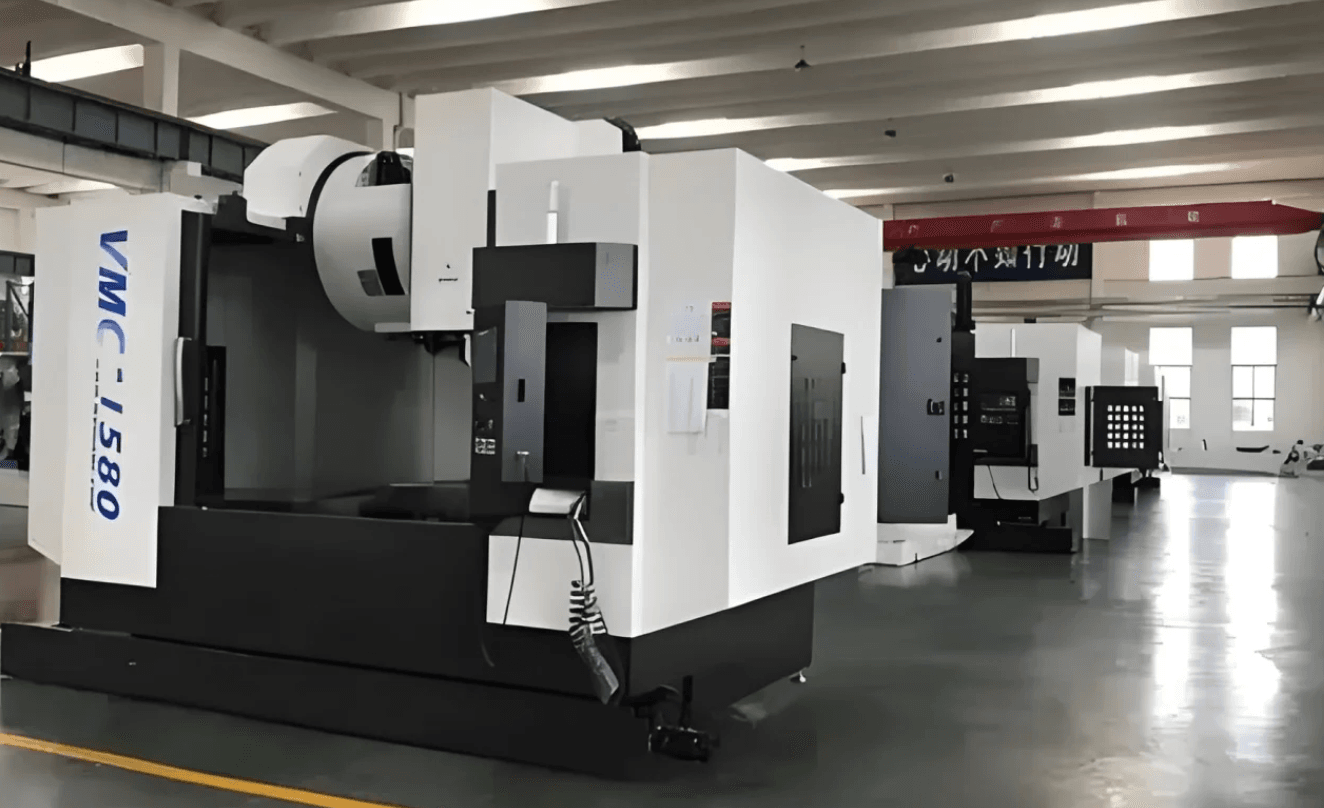History of cnc machining
The origins of CNC machining date back to the 1940s, when American engineer John T. Parsons and his team were developing rotor blades for helicopters. They realized that the complexity of rotor blade design required a more accurate and automated manufacturing process. This led to the development of the numerical control (NC) method, which uses perforated cards to guide the machine tool, thereby simplifying the manufacturing process and improving accuracy.
By the late 1950s, MIT and the U.S. Air Force collaborated on a project aimed at further improving manufacturing efficiency and accuracy. This collaboration led to the invention of Computer Numerical Control (CNC) technology, which replaced perforated cards with computer-generated data to control machine tools.CNC machining revolutionized the industry by providing greater flexibility, accuracy and repeatability in the manufacturing process.
As computer technology advanced in the 1970s, computer-aided design (CAD) and computer-aided manufacturing (CAM) systems were integrated. CAD software allowed engineers to create detailed, three-dimensional model designs, while CAM software converted those designs into CNC machine-readable instructions. This integration simplifies the entire manufacturing process, allowing more complex and detailed designs to be created with ease.

Early CNC machining equipment was mostly three-axis machines, which were capable of motion control in the X, Y, and Z linear directions to meet the needs of planar milling, drilling, and boring, and were widely used in the manufacture of common mechanical parts. In the preliminary processing of automobile engine block, three-axis CNC machining can complete most of the plane and hole system processing tasks.
By the 1980s, four-axis CNC machining centers began to emerge. The addition of a rotary axis (usually the A-axis) to the 3-axis allowed the machine to machine parts with features such as inclined surfaces and spiral grooves. Four-axis CNC machining of aero-engine blades allows the rotary axis to be used to better control the angle of contact between the tool and the blade's curved surface, improving the blade's machining accuracy and surface quality.
With the continuous breakthrough of technology, five-axis CNC machining came into being. Five-axis machine tools are equipped with two rotary axes (e.g., A-axis and B-axis) in addition to three linear axes (X, Y, Z), so that all five axes can be coordinated at the same time. Five-axis simultaneous machining can realize complex surfaces in one clamping molding, avoiding multiple clamping errors, greatly improving the machining accuracy and efficiency.
Today, CNC machining equipment with a higher number of axes is constantly being explored and developed. Six-axis, seven-axis or even more axes of the machine tool began to be used in some special areas, they further expand the possibility of machining, able to complete more complex, delicate processing tasks, such as aerospace field of large-scale overall structural components processing, medical equipment, ultra-precision parts manufacturing.
¨NBSP;
